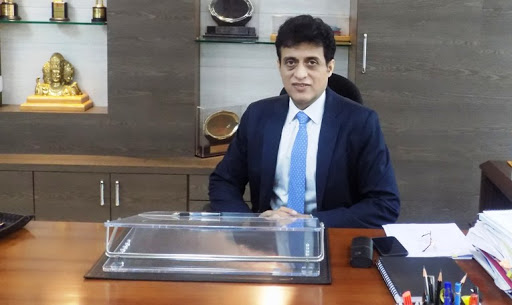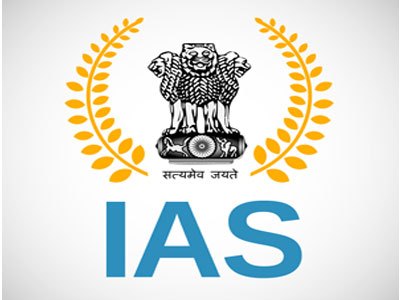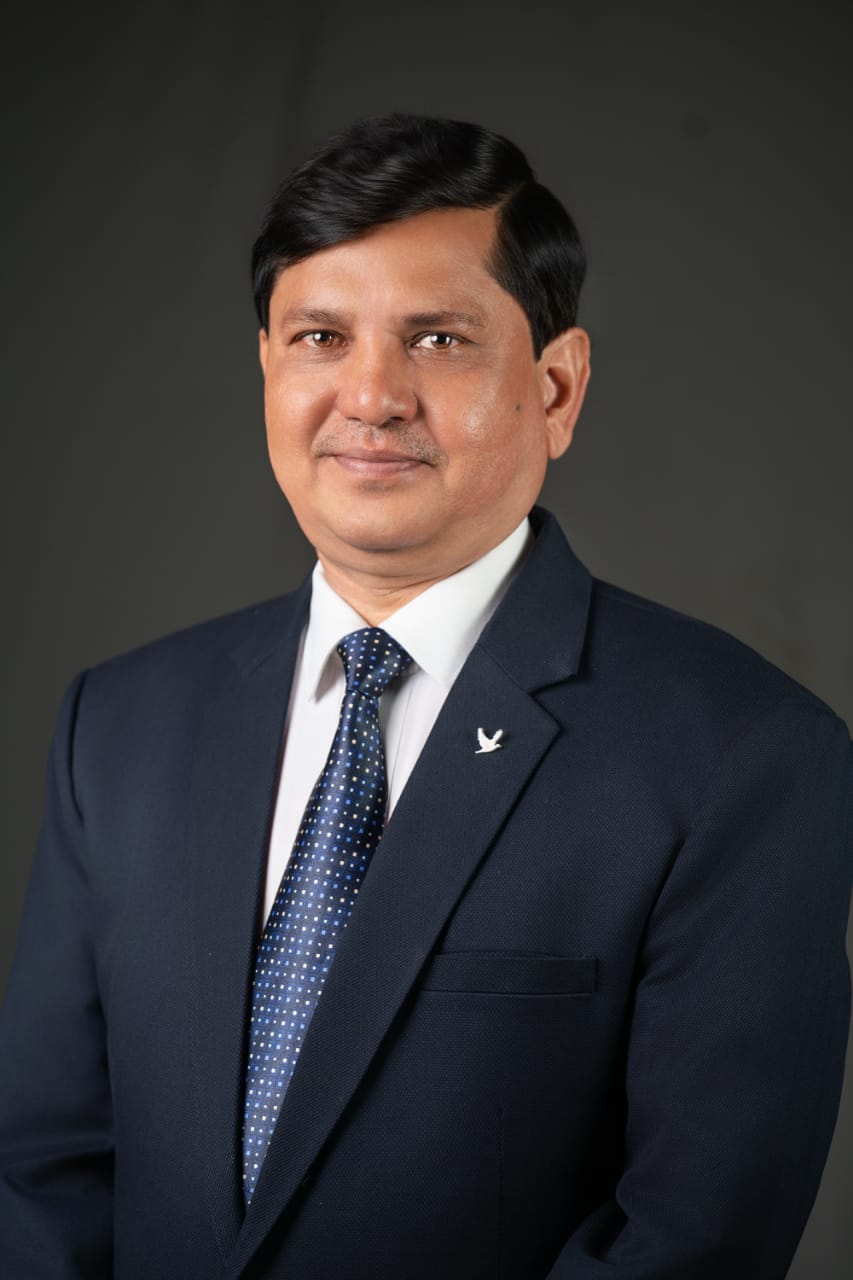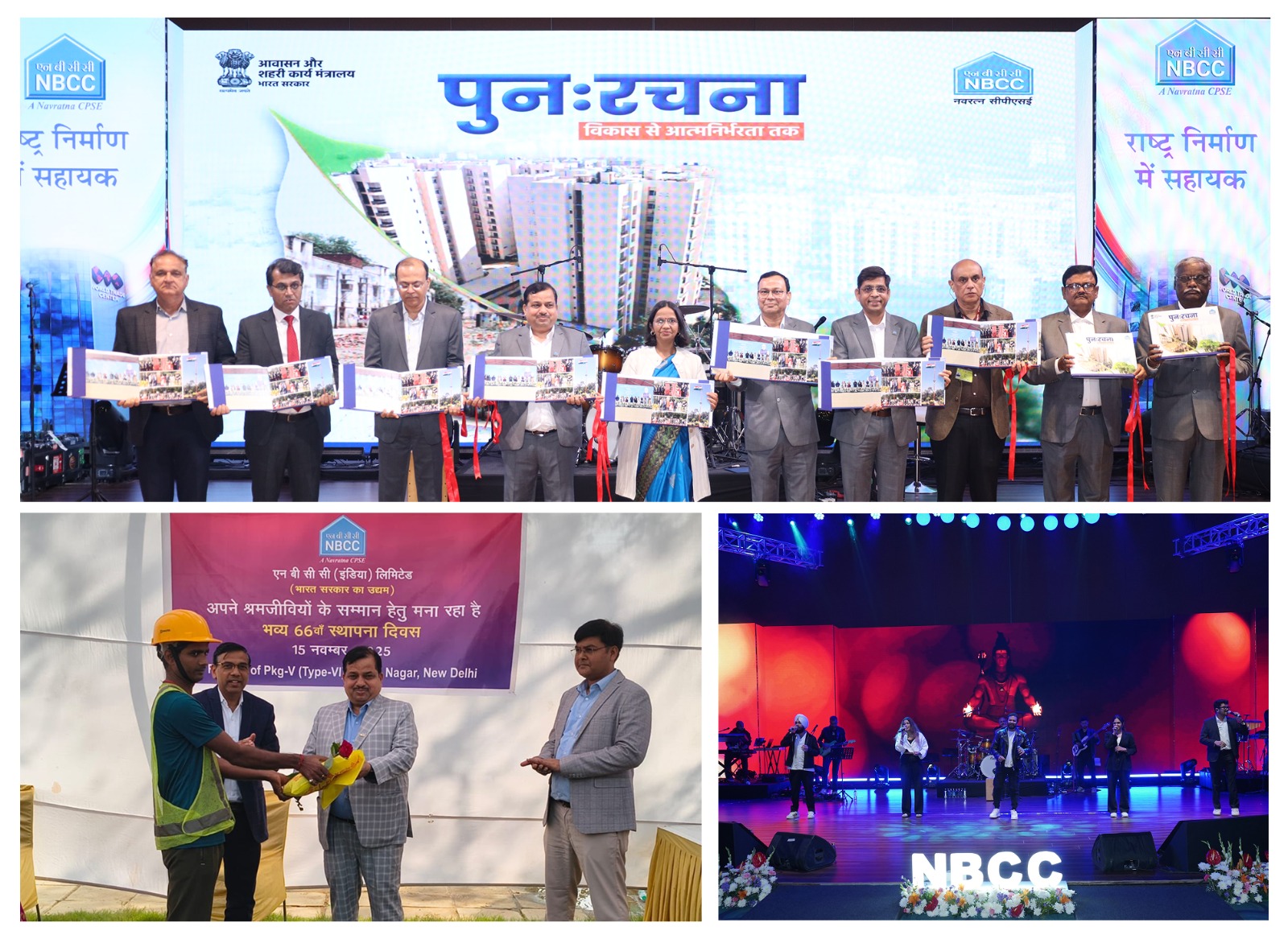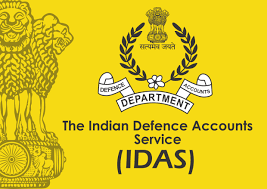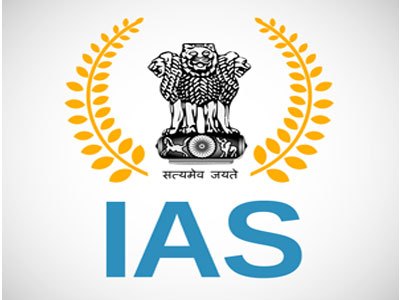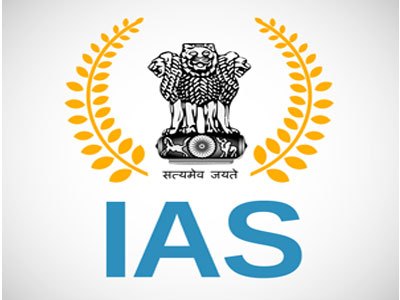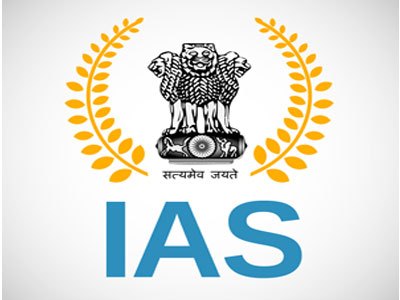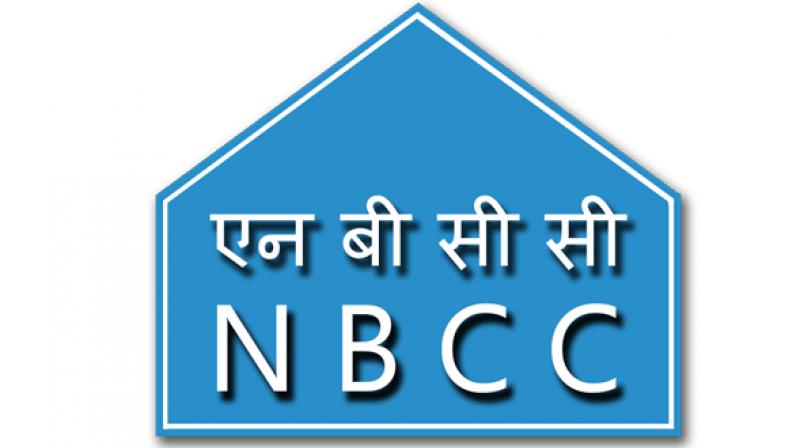How is JNPT contributing to India’s growth story over the past 32 years?
Over the past 32 years, Jawaharlal Nehru Port Trust (JNPT) has been continuously evolving and upgrading to improve operational efficiency parameters. In the process, the port has been consistently improving its volume and dwell time by implementing many trade-friendly measures. Continuous growth and expansion has helped JNPT maintain its dominant position in container handling.
Among many firsts at JNPT, the Nhava Sheva International Container Terminal (NSICT) was India's first PPP initiative in the port sector in July 1997 when JNPT awarded the BOT concession for the terminal. Also, the 4th Container Terminal project is one of the largest FDI investment in infrastructure project in India. As we completed 32 years of operations, some major projects and strategic initiatives will become operational in the coming months. All these initiatives will drive JNPT's next phase of transformation, over the next decade.
We benchmark our services against the best ports in the world and are constantly evolving to meet the demands of the global market. Last year the pandemic struck the world, and during that time one of the few sectors that could help the ecosystem was the ports and logistics sector. The critical role played by India's ports, logistics, and supply chain sectors in the country's economic growth story cannot be understated.
The port ensured the availability of essential goods to sustain national and international needs. By being fully operational when numerous industries came to a complete standstill, JNPT continued its delivery of vital goods such as medical supplies, fuel, and food in these difficult times.
In spite of various challenges faced last year, we achieved a few important milestones, most significant amongst them was the opening of the new Centralized Parking Plaza and JNPT-SEZ. During the year many other strategic measures for ‘Ease of Doing Business’ were also implemented in accordance with the guidelines of the Ministry of Ports, Shipping, and Waterways.
JN Port, since its commissioning, has achieved various milestones of record-breaking throughput with efficient operation in the last 32 years. It has chartered out several ambitious expansion strategies in order to reinvent its own potential. The port will continue to lend support to the country’s economic growth and perform its duties to facilitate growth in the port sector.
What is the importance of ‘Developing World Class Ports’?
Around 95% of India's trading by volume and 70% by value is done through maritime transport. Ports play a crucial role in India’s economy, aiding in achieving development goals to establish itself as a strategic trade hub in the regional and international arena.
This is the era of mega-ships- big, enormous models of engineering ingenuity, carrying more cargo than ever before at 10-15% lower operational costs and forcing the world to move towards Mega Ports. The cost of not creating mega ports is higher than creating them.
The three key criteria for a mega port are deep-draft availability to handle bigger ships in the future; effective hinterland connectivity to facilitate best-in-class evacuation, and land availability to create a sustainable industrial ecosystem. The planned mega ports are likely to enhance India’s cargo handling capacity by 466 million tonnes per year. As part of the Sagarmala vision, India’s cargo traffic handling capacity will be enhanced from 1,550 million tonnes per year to 3,000 million tonnes per year by 2025. Mega ports can be considered truly indispensable nodes of the current globalised economic system. These ports will also boost up coastal shipping, thus decreasing the dependence on transportation through railways and roadways, and will cut down the inland transportation costs by up to 80%.
To fulfil the need for handling deep draft ships, JNPT is also developing a new world-class mega port with an all-weather deep draft facility at Vadhavan, near west coast of Maharashtra to serve increasing EXIM trade. With a natural draft of 20 meters, Vadhavan port will be an ‘All-weather, All Cargo Port’ which will facilitate the berthing of modern ultra-large container vessels.
What is the status of Vadhavan Port?
In February 2020, The Union Cabinet, approved the setting up of the country’s 13th major port at Vadhavan in Maharashtra at a total cost of Rs 65,544.54 crore and with a natural draft of 20 meters. This ‘All-weather, All Cargo Port’ will facilitate the berthing of modern ultra-large container vessels. The reason behind setting up another major port on India's western coast is due to optimum capacity utilisation of container cargo at JN Port, which is 10 million TEUs (twenty-foot equivalent unit). The capacity of ports on the entire western coast is 18 million TEUs while the total requirement is going to increase to 25 million TEUs in 2030.
With the projected demand for containers to go up, it was necessary to create a new port site which can cater to increasing need for port capacity and which also can be developed to handle the future deep draft ships. The new port has a potential to cater the vast hinterland region covering states of Maharashtra, Gujarat, Western parts of Madhya Pradesh and North Indian States.
The proposed port will also cater to the spill-over traffic from JN Port once its planned capacity of 10 million TEUs is fully utilized. Development of this port will enable berthing of container vessels of 16,000-25,000 TEUs capacity, giving an advantage of economies of scale and reducing logistics cost.
With an investment of this scale, the Vadhavan port project is expected to create substantial employment opportunities from the construction stage. The port, is committed to make meaningful contributions to the lives of local people by ways of various initiatives in socio economic, skill development & educational sectors and will ensure a sustainable development in the area.
With the development of Vadhavan port, India will break into the list of countries with the top 10 container ports in the world; and after the completion of the 4th terminal at JN Port which is anticipated to increase capacity up to 10 million TEUs by 2025, it will stand as the 17th largest container port in the world.
What are your expansion plans?
As said, Vadhavan is an important development followed by the JNPT-SEZ. We are also developing the 4th Container Terminal in partnership with the Port of Singapore Authority (PSA), a Rs. 8000 Cr project, funded through 100% FDI. The work on phase 1 with a capacity of 2.4 million TEUs was put into operation from Dec 2017 and when fully operational post the completion of phase-2, it will enhance our capacity to 10 MN TEUs.
We are focused on providing best in the class infrastructure to serve JNPT as a lucrative investment destination for the domestic and global port-based industries. Recently, we started operations at JNPT- SEZ, which will set a new benchmark for port-led industrialization. JNPT is also developing a Free Trade Warehouse Zone (FTWZ) at JNPT-SEZ which will be a boon for the companies setting up their units here, to carry out trading and warehousing and other related activities.
In addition to the Port-based SEZ and Satellite port, JNPT is also developing dry ports in the hinterland of Maharashtra at Jalna, Wardha, and Nasik based on a hub-and-spoke model for cargo clearance and aggregation, extending hinterland connectivity. To meet the growing demand for liquid cargo, JNPT has undertaken the project to develop a liquid jetty of 4.5 MMTPA at a cost of Rs.181 Crore. The port has also developed ‘Coastal Berth’ in order to give momentum to coastal shipping. Besides this, we are also carrying out the road widening project. We have invested Rs 3,000 crore for the project and this will be a major facilitator in our growth plan.
All these projects will not only accentuate our capacity and efficiency in business but will also provide employment and livelihood to the local community and thus help in inclusive development. Also, today containerized rail is becoming a compelling value proposition for ports on India's western coast as they heavily rely on hinterland cargo — especially out of the northern interior, for additional volume growth in a challenging market environment saddled with surplus terminal capacity. As India’s leading container port, JNPT is constantly scaling its operations to provide state-of-the-art technology, efficiency, and manpower that comply with the international standard and the port has firmly anchored itself as the major catalyst for trade and commerce in the country.
How port-based SEZ aims to boost exports by enabling port-led development and will help the maritime sector?
The world's first known instance of SEZ is an industrial park, set up in Puerto Rico in 1947. In the 1960s, Ireland and Taiwan followed suit, but in the 1980s China made the SEZs gained global acceptance with its largest SEZ being the metropolis of Shenzhen. In 2000, the policymakers incorporated the SEZs into the EXIM Policy of India. Five years later, SEZ Act (2005) was also introduced and in 2006 SEZ Rules were formulated. Thus, the Special Economic Zone (SEZ) policy coming into effect in India on April 1, 2000. However, no SEZ was successful in India till India’s premier container port, JN Port, developed a multiproduct SEZ in its owned freehold land of 277 hectares at Navi Mumbai, six kms south-east from the port. Today the JNPT-SEZ is operational and there are 20 MSME and one Free Trade Warehousing Zone (FTWZ) co-developer who have been allotted plots to date. JNPT is ensuring world-class infrastructure and facilities to units in the SEZ.
Port led development underlines the fact that the Port should be in close proximity to the export oriented units. In China most of the export units are within 150 to 300 km of the Port, the same distance in India is in average range of 700 to 800 kms this makes our logistics cost very high and the export turn to be costlier. This disadvantage has been resolved, as the JNPT-SEZ has been setup within 5kms from JNPT, which will help in achieving zero logistics cost for the EXIM community.
Connected to over 200 major global ports, through JNPT, is in close vicinity to Navi Mumbai Airport, Trans harbour link, rail and world class road connectivity, dedicated coastal berth and Dedicated Freight corridor coming up, all makes JNPT SEZ lucrative destination. Apart from these infrastructure, single window clearance, availability of skilled man power is an added advantage.
JNPT-SEZ is the first of its kind operational port-based multi-product SEZ. Two units in JNPT SEZ namely, M/s OWS LLP and M/s Krish Food Industry (India) were declared operational units by Development Commissioner, SEEPZ, SEZ. Today, as we are moving towards normalization and with the JNPT-SEZ now being operational, the port is leaving no stone unturned to ensure world-class infrastructure and facilities to units in the SEZ. The potential investment and the employment generation will give a boost to the entire ecosystem around the JNPT region. Over the last couple of months, we have been continuously working towards the successful operationalization of the SEZ. The SEZ once fully occupied is expected to generate Rs 4,000 crore of investments and create around 57,000 jobs in the SEZ.
Also, in continuation of the JNPT SEZ success story, Hindustan Infralog Private Limited (HIPL), a joint venture between DP World and NIIF has announced an investment of Rs 1,000 crore to develop the Nhava Sheva Business Park (NSBP), Free Trade Warehousing Zone (FTWZ) situated at JNPT. The project will be completed by the end of 2021 and will provide a seamless experience for both domestic and international traders at JN Port.
SEZs have become a more dynamic and intense instrument for expanding exports with some extra advances, including setting up the new SEZs in CEZs as visualized under the Sagarmala port-led development strategy, as CEZs have strong hinterland connectivity to create domestic supply chains. Appropriate interlinkages with the domestic tariff area have also ensured the efficiency of exports.
We expect a large in-flow of foreign and domestic investment in JNPT SEZ, in infrastructure and productive capacity, leading to the generation of additional economic activity and creation of employment opportunities. This will further promote manufacturing and will directly contribute in making JNPT, the ‘Port of Choice for the Exim Trade’. Also, with the introduction of port-based SEZ, the hinterlands of JNPT are to being industrialized and this is prompting an economic transformation.
In the coming days, Port-led industrialization will not only enhance capacity and productivity for our business, but also provide employment and livelihood to the local community and thus help in inclusive development. We are confident of attracting leading global companies for making India a manufacturing hub as the infrastructure development underway in JNPT SEZ is as per the international benchmark.
JNPT-SEZ will generate cargo and add to the volumes shipped through its facilities. With this, India’s premier container port aims to making exports more competitive and imports less costly.
How are the various EODB measures transforming JNPT?
JNPT is a customer-centric organization. Our aim has always been to reduce logistics cost and time, help in moving goods to and from ports quickly, efficiently, and cost-effectively to increase the competitiveness of the port.
Even today, we are constantly innovating and up-scaling our operations to not only meet but exceed global benchmarks with an underlying vow to provide a seamless customer experience and ease of doing business. Aligning with the direction of the ministry, the Port has initiated activities under Ease of Doing Business, JNPT had made a three-pronged approach: improvement of infrastructure; simplification of processes, and digitization of activities.
The Port developed Centralized Parking Plaza, with an objective to provide a parking facility for trucks carrying export containers and enable completing pre-gate entry formalities and documentation for export under one window system. This system will also reduce the congestion of parked container trucks on JNPT roads and help the respective terminals to plan their TT movements in a better way.
JNPT has also completed building a dedicated berth for coastal shipping which will decongest rail and road network besides ensuring a cost-competitive and effective multi-modal transportation solution. Besides this, the port is also carrying out the road widening project which will be a major facilitator in the growth plan. The port has also completed the dredging of our navigational channel allowing new generation vessels (up to 15,000 TEUs) to berth at the port and commenced widening of roads and other infrastructure projects.
Today more than half of the import container traffic in the Port is routed through DPD (Direct Port Delivery) enabling trade to save logistics cost and time. The DPD model has helped reduce the clearance time for the bills of entry to less than 24 hours from three to five days earlier. We have also introduced Direct Port Entry (DPE), a facility created exclusively for exporters to bring in the export containers directly to the port, and also introduced Inter Terminal Rail Handling Operation (ITRHO), that aims to maximize train placement, track productivity, efficiency, cost-effective handling, reduce dwell time of import ICD boxes, connecting export ICD boxes to respective terminals in time and also increase rail quotient. Overall, ITRHO increases the rail share and volume of trans-shipment containers at JNPT. We have also installed one Drive Through (Rail) Container Scanner, Integrated Common Rail Yard Facility, and all these new initiatives taken under the 'Ease of Doing Business' initiative have not only helped in the overall growth of the port business but also allowed the EXIM trade to save time and cost which in turn have accentuated the growth story.
Under the digital initiatives, the port has introduced Mobile App, RFID based Terminal Gate transaction, Container tracking (first time in India), E Delivery orders. The port has also adopted a Radio Frequency Identification (RFID) based Gate Automation System has ensured that the gate transaction time is reduced from 10 minutes to 1 minute also providing a high-security profile. The port launched an upgraded version of PCS to enable all stakeholders to exchange data/transactions on the PCS 1x platform on a real-time basis. It has reduced the time and overall cost for documentary and border compliance for imports and exports by eliminating unnecessary duplication of activities on different portals.
In order to bring all regulators near the port area so that operation efficiency increases and seamless trade is attained, we have allotted the office space to FSSAI, Animal Quarantine, Plant quarantine, Textile Commission, and Drug Controller. Port has also allotted the land to FSSAI & Animal Quarantine, Plant quarantine &Drug controller for setting up of laboratories. Textile Committee has shifted their office and laboratory to Port Users Building.
All these Ease of Doing initiatives together have helped JNPT reduce cost and time for the EXIM Trade.
